What is a black hole, and when were they first detected by human beings? How did they go from theoretical mysteries to known objects that we can even photograph today?
Dr Becky Smethurst is an astrophysicist from the University of Oxford, and anyone even remotely familiar with astronomy YouTube is bound to have come across her fantastic Dr Becky channel.
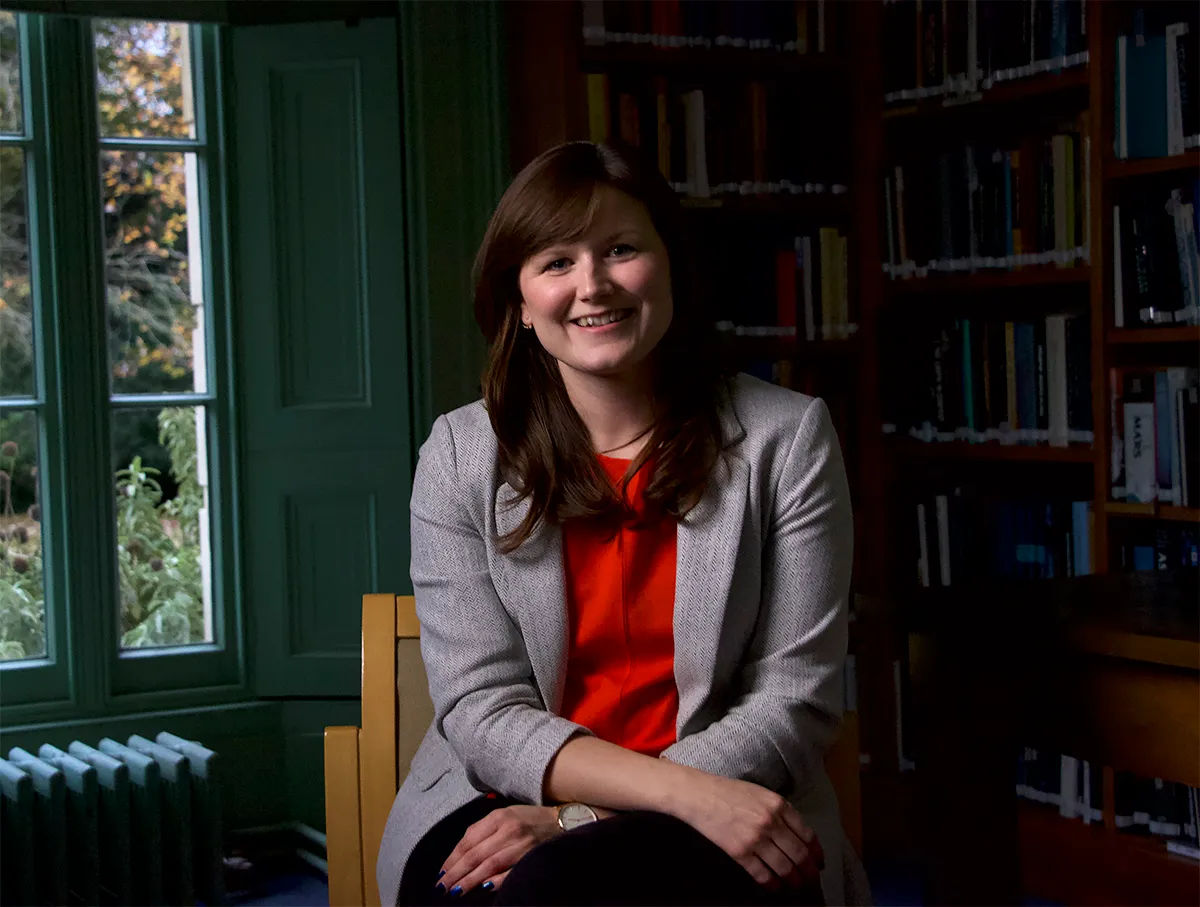
Here, Becky gives an insight into the life of an astrophysicist and discusses some of the biggest topics and space science, including new discoveries and burning questions.
Her latest book, A Brief History of Black Holes, dispels some of the biggest myths surrounding these cosmic behemoths, and provides a look at humanity's relationship with them, from the first theories that proposed such an object could exist, through Einstein's relativity and up to the present day, with the Event Horizon Telescope's images of the black hole in galaxy M87 and the supermassive black hole at the centre of the Milky Way.
We got the chance to chat to Becky about her new book, black holes, and what we've yet to learn.
Listen to this interview as a podcast:
What is a black hole?
I think if I could change anything in all of physics, it would probably be the name for a black hole, because I think it has led to so many misconceptions!
We describe a black hole simply as an object that is so dense that not even light travelling at 300,000 km a second has enough speed to escape it, because the gravitational pull is so strong.
And I like to describe them as more like a dark star than a hole. Take a star and collapse it down, squish it down until it’s so dense that you're no longer getting any light from it at all.
When writing the book, did you think “where do I start?!”
A little bit, yeah, but I think the main guiding force for this whole book was that it was looking at our history of understanding of black holes: where the idea comes from, how we even figured out that they exist in the first place, our first observations of them building up to what we know now and what we still don't know.
So I think it was easy in that respect because where you start is the point when we knew nothing about them at all and the idea of a black hole wasn't even a blink in anybody's eye.
That's where I started: where did the first ideas of black holes come from?
That goes way back to the 1700s, which I think always surprises people, that that's how long ago we're talking about.
And then through the ideas of Einstein's theory of general relativity, explaining how Einstein never even thought black holes existed, which I think again surprises a lot of people.
And then through the work of radio astronomy and x-ray astronomy coming into the fore after World War Two, when technology had massively improved and we had the ability to send satellites into space as well.
It's good for us on Earth that x-ray light it doesn't reach the surface! We’re quite thankful for that.
But if you're an x-ray astronomer, it's frustrating because it means if you want to observe the sky in x-rays, you need to send a satellite above the atmosphere.
This is one of the reasons why our knowledge of black holes is still quite young, and there's still so much we don't know.
So while the history can really illuminate where the idea of black holes comes from and why we think some things and why we don't think others, it also allows us to reveal what’s still left for us to discover.
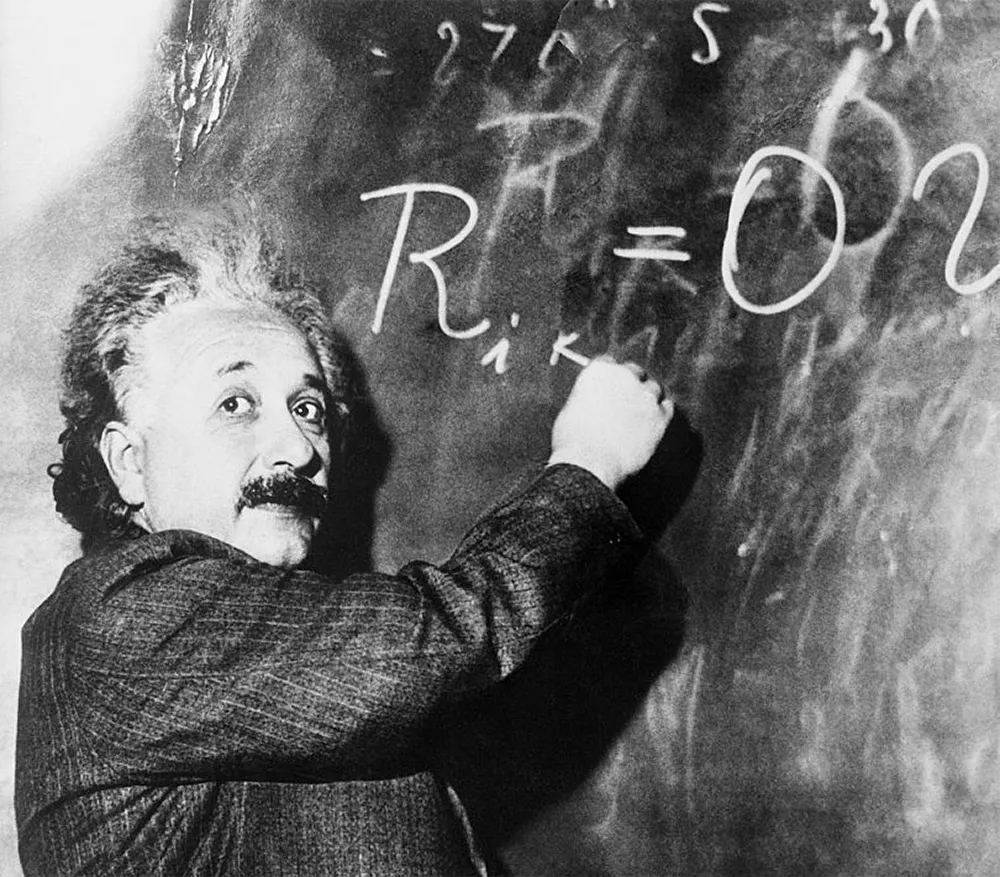
It's surprising, to hear that the idea of black holes goes back to the 1700s!
It was a chap called John Michell. He was a priest by day, an astronomer by night, one of those classic figures of early science!
And he came up with the idea of an object so dense that light couldn't escape it. He was musing on the ideas of gravity.
When Einstein came up with general relativity as a way of explaining gravity as mass curving space, he was just trying to solve problems like why Mercury's orbit is strange, why we can't always predict it with Newton's gravity.
And he never even considered the concept of a black hole. Even Schwarzschild who wrote letters with Einstein through World War Two as well, solving his equations in spherical coordinates so that you almost get solutions for black holes, never even realised what he'd found, or even that it was something that was real.
It was all hypothetical, it was all mathematical.
And it wasn't until the likes of Stephen Hawking and Roger Penrose in the late 1960s proved that actually these things would be inevitable in nature, the idea of a collapse-down to something so massive with this singularity from which even light couldn't escape.
That’s when this idea really came into the forefront of proper theoretical physicists’ minds.
But I'm an observer, you know, I'm like “give me a telescope - I want to actually observe these things.”
And most people through the 1970s thought “okay, you've shown the maths is right, but how are we going to find one of these things? Are you sure they're really real?”
And the book really goes into that observational hunt for proof. I think people don't realise the centuries and decades worth of research that went into figuring all of this out.
Is there a specific observation that enabled astronomers to say black holes definitely exist?
Yeah, definitely, in the 1970s, although I don’t know whether people want spoilers or not!
Cygnus X-1 is a black hole in our own Milky Way galaxy that was formed from a supernova.
Again, it was one of those things that at the time was unexplained.
And one of the last lines of discussion in the research paper that announced its discovery was that, well, it might be a black hole!
And that's wonderful to see retrospectively, that tentative discussion of something that you now know to be true.
The funny thing is, the term 'black hole' had only just come into common use at that time as well, right before the first observation of one.
Before that they were called GCCOs: gravitationally completely collapsed objects.
I'm kind of glad that didn't stick! We astronomers like to put acronyms on everything, so really glad that I'm not going around saying “I research GCCOs”.
Even Hawking in his papers in the 1960s wasn't referring to them as black holes.
Only in the early 1970s do we start to see it written in inverted commas: ‘black holes’.
And I talk about that in the book, the etymology of that term and where it came from.
Is a black hole actually black?
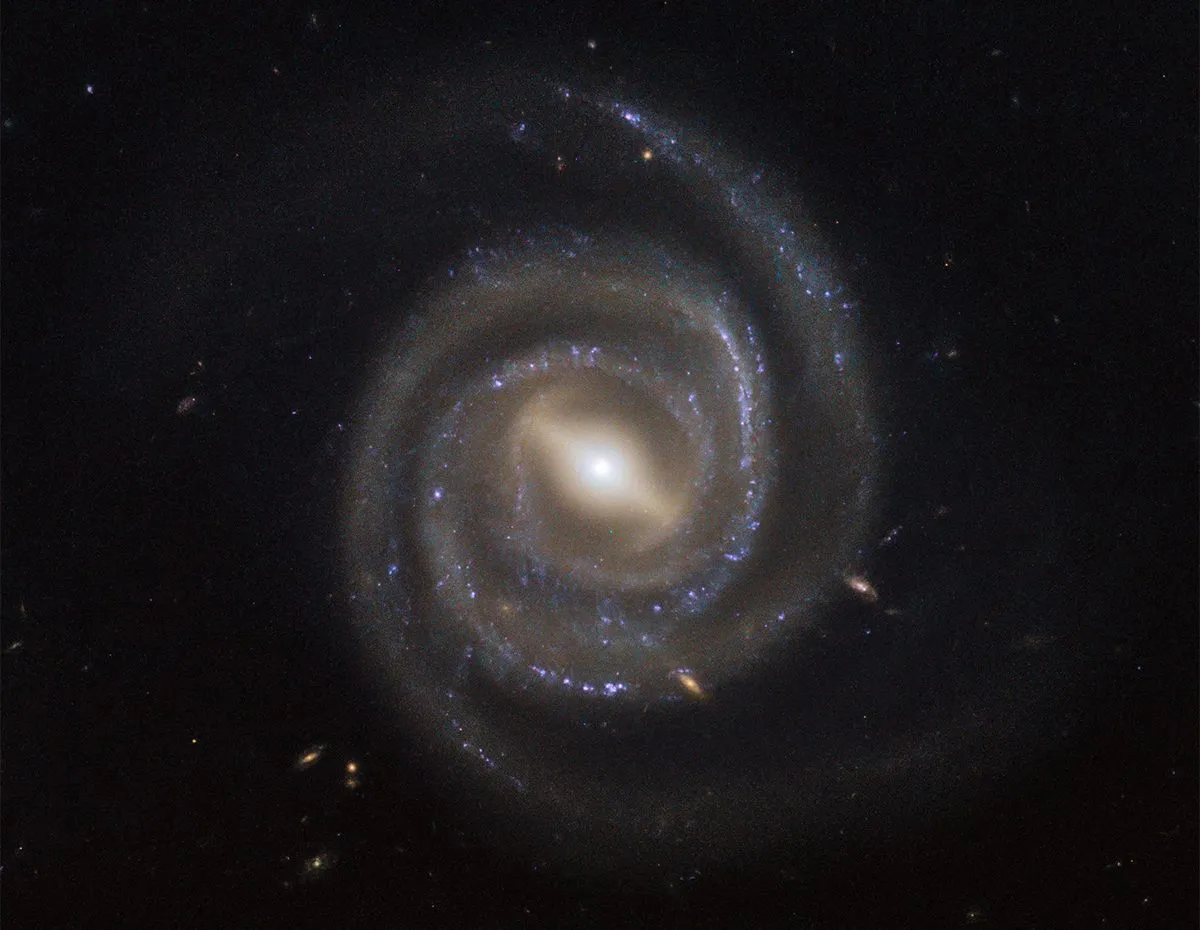
I have two chapters in the book: one is called Why Black Holes Are Black and one is called Why Black Holes Aren't Black.
‘Black’ meaning obviously this idea that you trap light away, and that’s where the idea of a black hole comes from
But actually black holes are some of the brightest objects in the entire Universe.
The reason we know that they’re there is because they light up like Christmas trees, in the centres of galaxies and dotted across galaxies as well.
And that's because they are so massive, when material starts to fall towards them, it gets accelerated to huge speeds.
If you're going a huge speed, you’ll probably have a very high temperature as well and you start to glow.
In the same sense, if you heat metal in a fire, in a forge, it starts to glow.
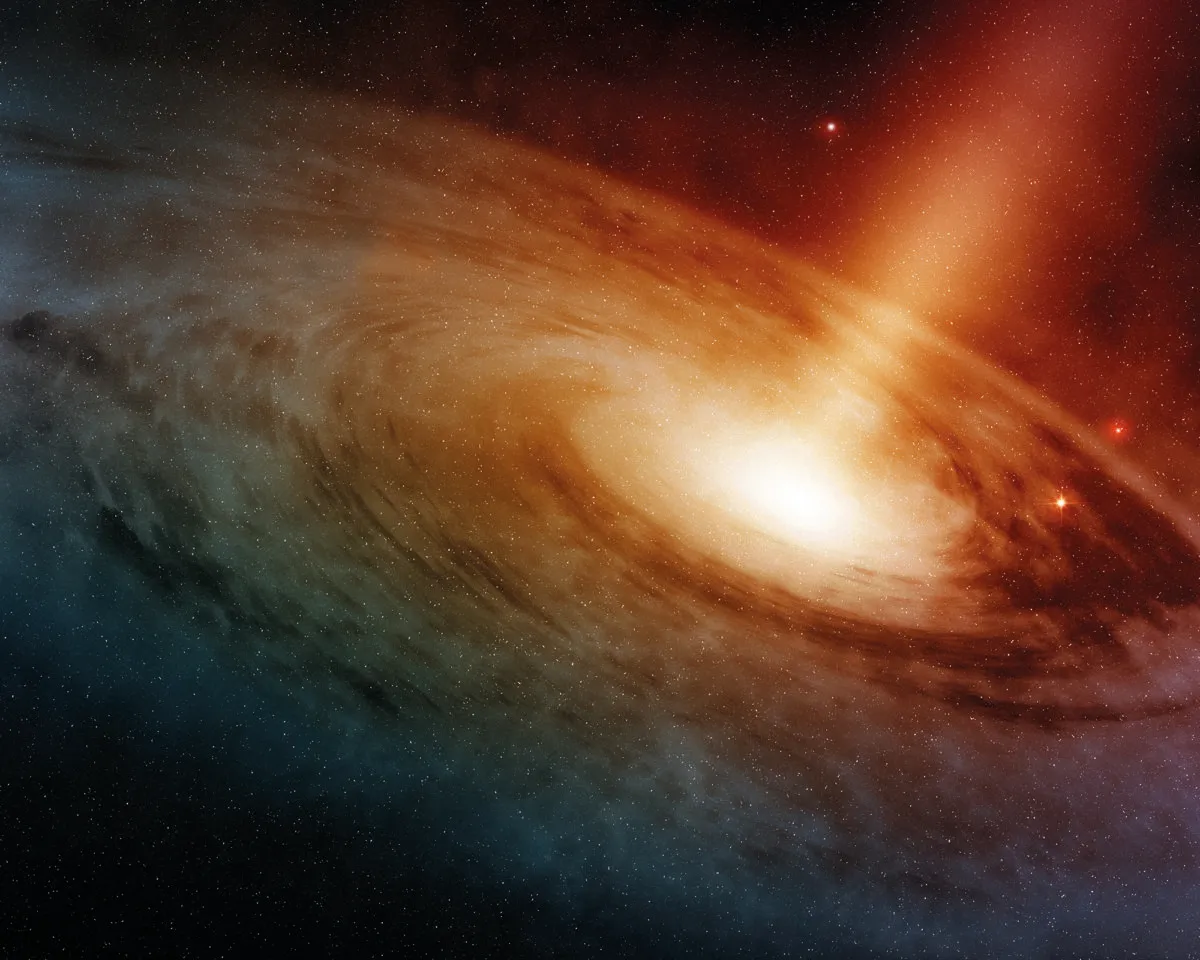
It's a similar thing. You start to glow not just across visible light that we can see, but also ultraviolet, x-ray, you start getting some radio emission in there as well because of these very fast moving particles.
And the bigger the black hole, the brighter it can get.
So when we look into the centres of galaxies and we see the supermassive black holes that are anywhere from a million up to 10 billion or so times the mass of the Sun, these things really do shine.
So brightly, in fact, that when they were first discovered they were thought to be stars.
This was why they were called quasi-stellar objects, because they looked like stars.
But in reality they were supermassive black holes in the centres of galaxies, billions of light years away; so far that the telescopes we had at the time couldn't see the stars in the galaxy because they were so faint.
But the x-ray telescopes could pick up the immense amount of light that was coming from the centre of them.
So if you think about it like that, they can outshine hundreds of billions of stars and galaxies. It's quite incredible.
So is that light being produced before the point at which it wouldn't be able to escape?
Exactly. There are lots of different circles you can draw around black holes.
One of them is what we call the event horizon, which is the point where you would have to be travelling faster than the speed of light to escape it.
And the light that is being released is essentially coming from a few event horizons out, where the light can still escape and we can still see the glow from the material that's swirling around it.
And it's by studying black holes in great detail, drilling down to that event horizon, if we can, that we understand more about the extremes of gravity and how light and material behaves around them.
What do we know about black hole jets?
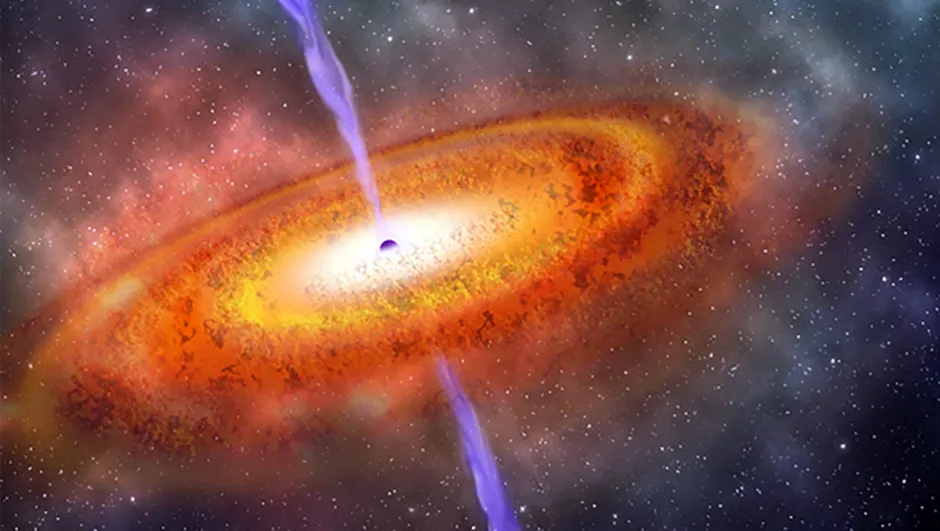
We understand black hole jets even less.
But the working hypothesis is that the material around the supermassive black holes, or any black hole, gets so hot that the electrons that are zooming around the atom get separated from the very nucleus of the atom.
Electrons are negatively charged; the nucleus of an atom is positively charged.
So you have charged moving particles, and if you remember your high school physics, you might remember that charged moving particles give you a magnetic field.
Then you’ve got this magnetic field that's also competing with the gravitational field around the black hole.
So there’s an incredibly turbulent atmosphere around this black hole, essentially.
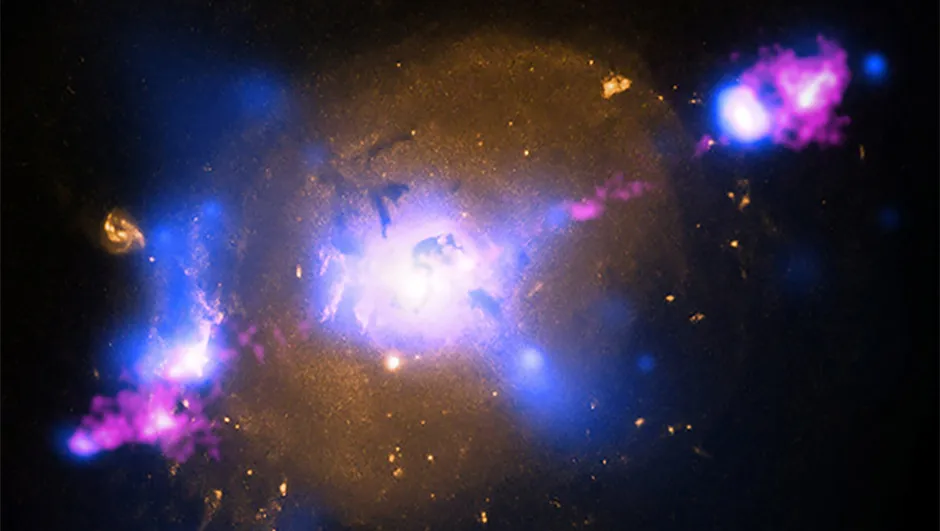
Magnetic fields can also funnel charged particles as well. And we think that's what happens somehow: these charged particles get funneled up this magnetic field and expelled from the poles of the magnetic fields in these huge jets that can be ejected at close to the speed of light.
It's almost kind of like a big high energy radiation ray gun is firing away from these black holes.
And these jets can be bigger than galaxies themselves.
The way I had this described to me when I was a grad student was that if you imagine the palm of your hand, the black hole might be the size of the atom in the very centre.
The galaxy of stars is a grain of sand and the jets from the supermassive black hole can extend across the full extent of your palm.
The scales involved here are mindblowing.
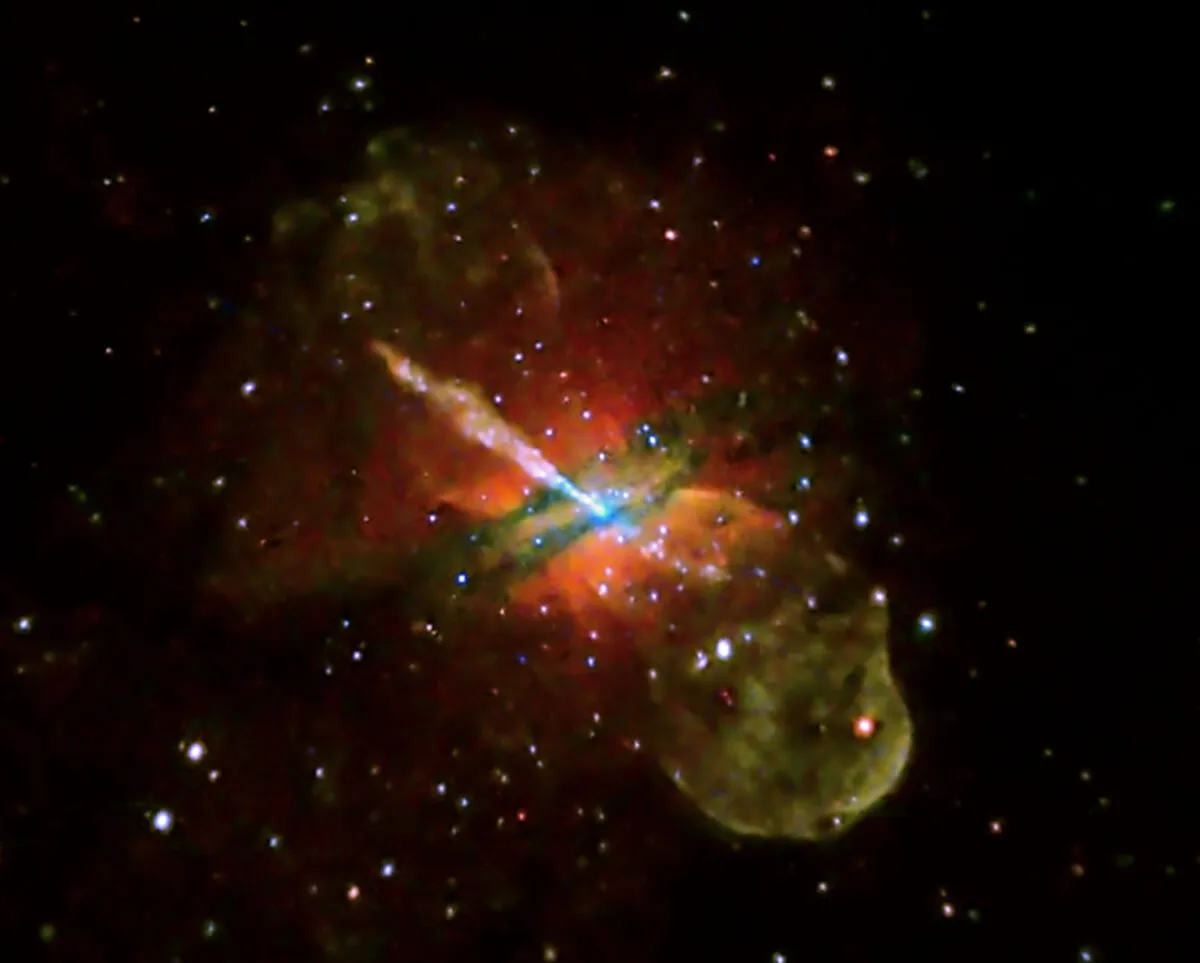
One of the things that we think these jets can do, because they're incredibly energetic, is actually put energy back into the galaxy, stir everything up and essentially heat a lot of the hydrogen gas in the galaxy.
And this prevents new stars from being formed, because you need cold gas to make new stars.
You need the molecules to moving very slowly so that gravity has a hope of clumping them together to make them dense enough to begin the process of star formation.
But if those molecules are moving very, very fast because you've had this injection of energy, they can resist the force of gravity trying to make this very under-dense hydrogen into a star.
So we think that if you feed the black hole, set up this disc of incredibly hot material around it and you get these jets, the galaxy is shooting itself in the foot.
Basically the galaxy is killing itself by stopping itself from making new stars, and all that will happen is its current stars will die off slowly over billions of years.
How does your own research look at star formation in galaxies?
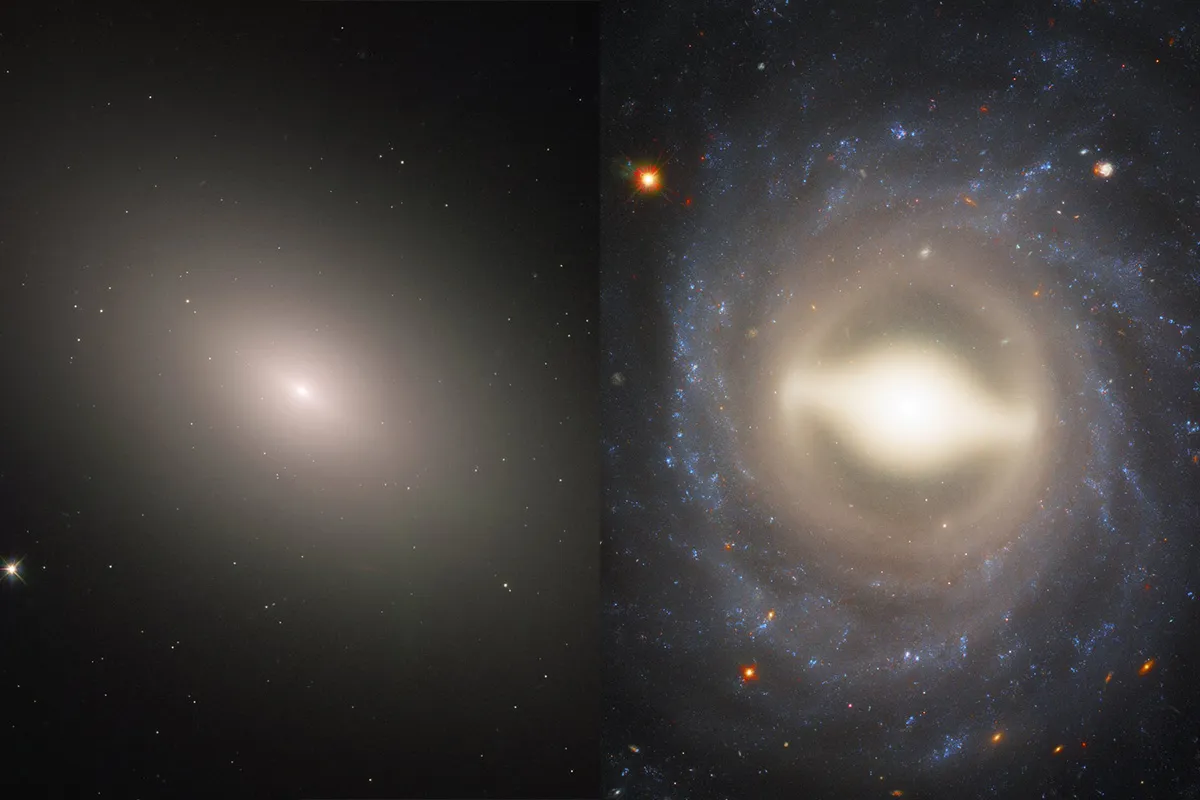
We want to understand how galaxies stop forming stars. How do they die?
Essentially, I was studying this for my Ph.D. in the context of a galaxy’s shape.
Do beautiful spiral galaxies end their lives differently to big blob elliptical galaxies, which are like big spheres of stars?
The more I looked into this, the more I thought we have to consider the supermassive black hole at the centre.
And that sent me down the rabbit hole of black holes.
Yes, you have to understand all the external processes affecting galaxies, like two galaxies merging together, or interacting with something else, or whatever it might be.
But once you understand that, it's almost like all roads lead to Rome; all roads lead to the black hole at the centre of the galaxy.
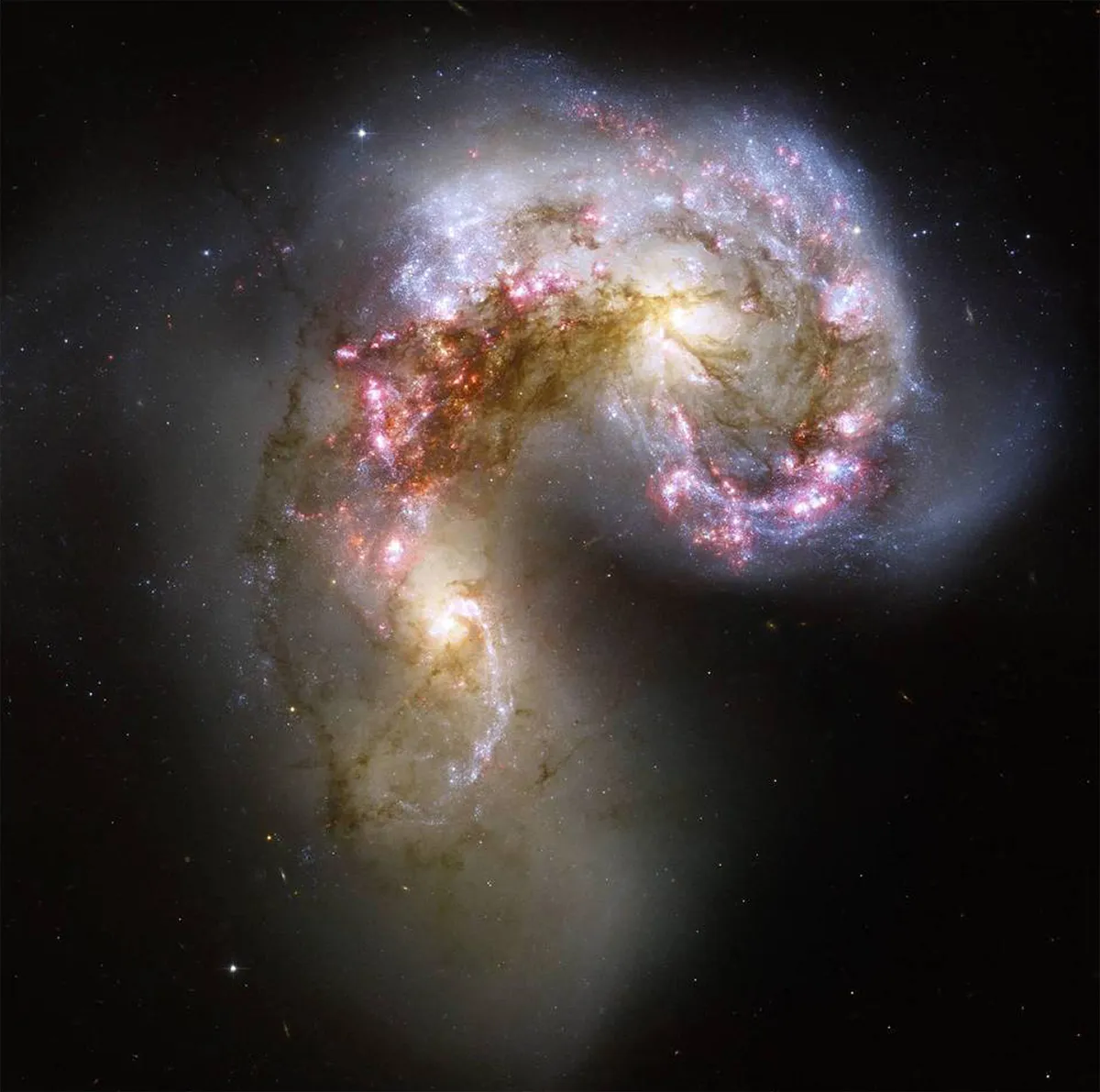
This is the thing that's going to have the biggest impact, and it's also the thing that we still don't have proper evidence for happening yet.
So the process I described, it has to happen according our computer simulations of the Universe, otherwise it doesn’t match what we find in the observed Universe.
But we've never found observational evidence for this actually happening across entire galaxy populations.
And it could be to do with timing. It could be that the black hole is giving out these jets for such a short amount of time that you can't correlate it with the galaxy then dying off, which takes much longer.
And so it’s a very difficult thing to unpack and unpiece.
We’re trying to drill down, no longer taking one image of a galaxy and treating it like one big entity and saying “what's going on here?”
We're now looking at them as if they're jigsaw puzzles. We're taking tiny little observations of one section and mosaicking it with the rest of the galaxy.
Can you find these jets from the black hole, and is there some sort of pattern along the jet that's having an impact now that you don't see elsewhere in the galaxy?
We're trying to guess what is actually happening and what is actually affecting these galaxies and eventually stopping them from forming stars.
What observatories and instruments are you able to use in this research?
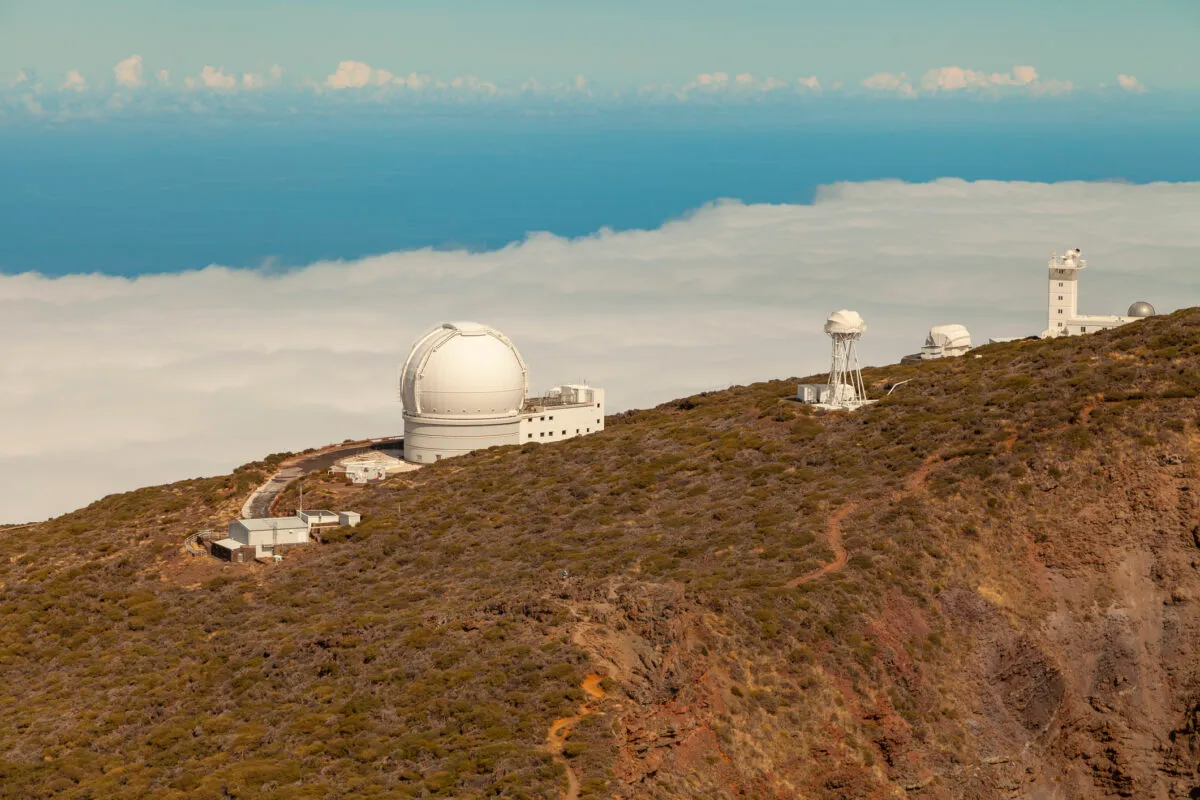
Well, thankfully for me, I study fairly nearby galaxies, so they're quite pretty, first of all, because you can see the nice shapes!
But also it means that we can use ground-based telescopes to observe them, like the Isaac Newton Telescope on La Palma in the Canary Islands and the Very Large Telescope in Chile with its MUSE instrument. Also the Shane 3-metre in Lick California.
We can use a few different instruments, all really with the focus of getting what's called a spectra, where you take the light from the galaxy, split it through a prism and you get a trace of how much light of each wavelength you’re receiving.
The goal is to observe the hydrogen that’s emitting light at the exact same wavelength as it orbits the black hole.
As it orbits the black hole, some of that hydrogen is moving away from you and some of it is moving towards you.
As the hydrogen emits light of a specific wavelength or colour, it gets redshifted and blue shifted in a Doppler shift, in the same way that if there is an ambulance racing towards you, the pitch of its siren will increase, and as it races away from you, the pitch of that sound will decrease.
So it’s a similar thing: if you take the light from the galaxy and you split it through this prism and get a trace of how much light each wavelength, you expect a spike or a peak at the light wavelengths that hydrogen emits at
Instead what you find is a broadened bell shape because the light is spiralling round the black hole.
And the amount of broadening depends on how fast the hydrogen gas is moving, which depends on how massive the supermassive black hole is.
So you can first of all use that to work out how massive the supermassive black hole is.
And from how bright the hydrogen gas is, you can work out how much there is around the supermassive black hole and how much material it’s taking in.
And these outflows or jets that are given out from the black hole impact things like oxygen that's in the surrounding gas in the galaxy, which takes an incredible amount of energy to ionize, so that it can encourage one of those electrons to jump up to the next energy level, drop back down and then give out light.
And again we can detect that in the spectrum of light. And from the amount of light, we know how much oxygen is shining.
We therefore know how much energy has been given out.
So then you can say, okay, this is how big the black hole is. This is how much material it's currently taking in.
This is how much material it's currently spewing out from this region around it.
And then you can say, well, how many stars are in that location? What colours are they? How much hydrogen emission are they giving off?
Therefore, how many stars are currently forming there?
And you can start to piece everything together and link everything together.
So even though you can't see the black hole itself, you can see all of the influence around it, even in optical light as well.
I think it’s incredible that we can do that, and also that we've managed to piece together everything we need to know from quantum mechanics and chemistry and optics and astronomy over the years to be able to do that.
Is there any way of directly observing a black hole?
I guess the most direct way is not with light at all, it's with gravitational waves.
This is done with the LIGO detectors and the VIRGO detectors, as they detect the gravitational waves from the merger of two black holes.
This is when two black holes are orbiting around each other and constantly changing how much space is bent and warped by their mass, warping it to the extreme and back constantly.
It sends out these ripples into space that increase in magnitude as the black holes get closer and closer together.
I think that's the most direct way of observing the black holes themselves.
But also, in that sense, we're still observing the effects of them on space itself.
So it's a weird one, because it's the most direct we can get, but it's still technically an indirect effect.
How did you feel about the two images of black holes captured by the Event Horizon Telescope, the black hole in M87 and the black hole at the centre of our own galaxy?
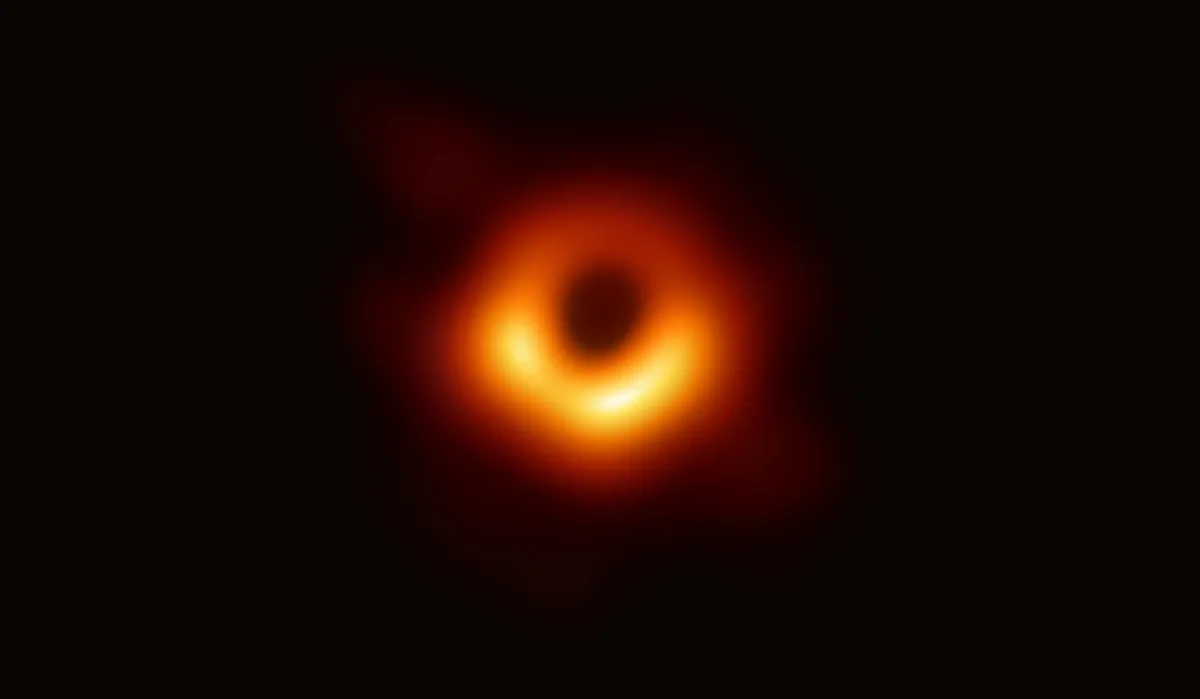
My reaction was just disbelief.
I remember the thing that got me into astronomy was this book I had as an 8-year-old kid, which was beautiful.
It had all these illustrations and pictures from the Hubble Space Telescope, it had one page for every planet, with a little fact about it.
I devoured it. I would tell anybody I could about this book.
And I remember the last page was about black holes, and there was no nice image on that page because it was the late ‘90s.
We didn't have anything that we could necessarily show, so it was always an artist impression.
Even as I got into research I'd resigned myself to the fact that we would always have an artist impression.
We would never have a true image of a black hole.
So when those images got released, it really was disbelief.
I knew they had been trying to do it, but I didn't think that we would quite get what we got, where you could see this very clear shadow of the black hole in the centre.
And the thing that gives me goose pimples the most, just thinking about those images, is that we have this big orange doughnut, as it's been called, and this is a ring of the material spiraling around the black hole that’s giving out all the radio emission that's been detected.
And then you've got the black on the inside, which is the black hole, where there's no light.
And then you've got the black on the outside, where there's no light.
The black on the outside is empty space. It's literally nothing at all.
The black on the inside is everything. It's billions of Suns' worth of matter, crushed and crushed down.
And when you think about the difference between those two black patches on those images, it's so hard to comprehend.
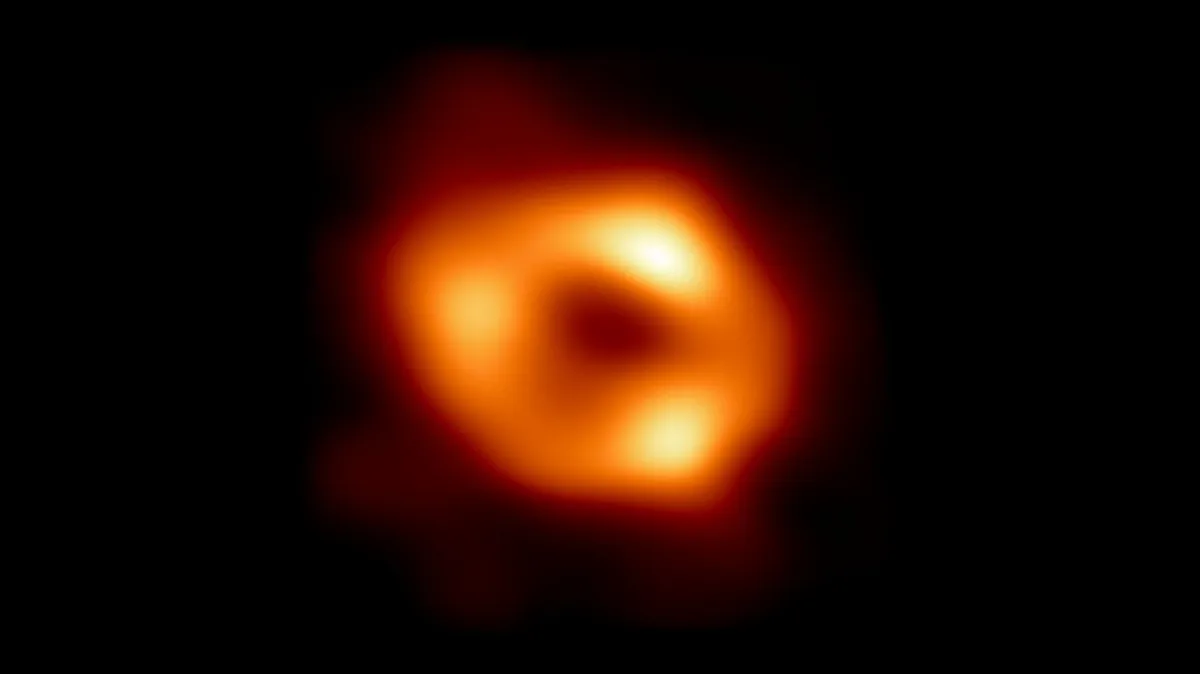
Getting those images was amazing, and all of the tests of general relativity we've been able to do with them is really what the images were for.
Yes, they look very pretty, but at the same time they allow us to do proper science.
And all the tests we've done show, yeah, general activity comes out on top all the time, that we've not missed anything closer to the black hole where gravity goes to its extreme.
People have always wondered whether that was the case, because we've never been able to test it in those areas before to say, have we got something wrong? Do we need some sort of correction in those extreme cases?
And this is what the Event Horizon Telescope is going to do in the future as well.
They’re adding more and more telescopes to the big array, because it's essentially lots of little telescopes all around the world that come together to make an Earth-sized telescope that enables us to see this level of detail.
They’re adding more and more telescopes at shorter radio wavelengths so you can get closer and closer down to that event horizon near the black hole as well.
And they're doing it over multiple epochs. A lot of the data we saw was taken in 2017.
There have been more observing runs since then of M87 and Sagittarius A* in the middle of the Milky Way.
And they're going to try to see how the material around the black hole changes with time as well, and make a sort of movie, if you will, a time lapse of how this gas around the supermassive black hole is changing.
This would be incredible to see, and thinking back to 8-year-old me thinking we’d always have an artist’s impression, going from that to potentially having a time lapse is amazing!
How will new and emerging observatories like the JWST or the Square Kilometre Array Organisation contribute to our understanding of black holes?
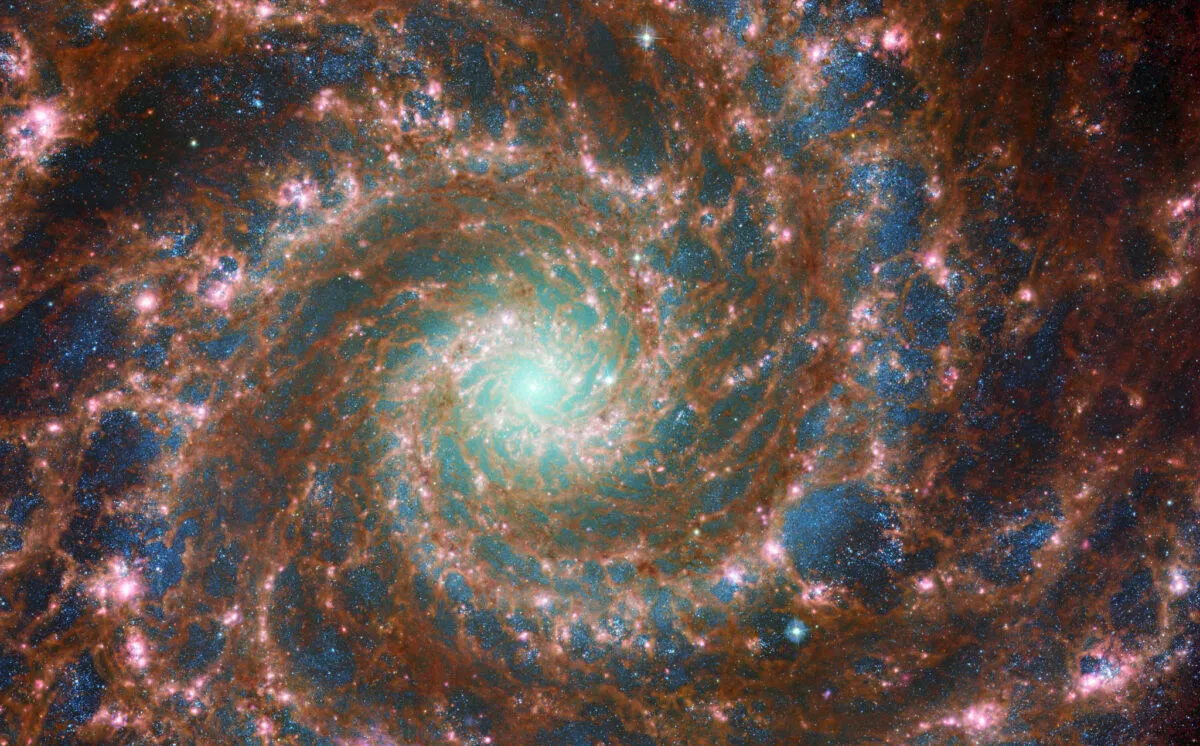
With JWST it’s all about probing deeper and deeper to further and fainter things in the Universe.
For me that means answering what I like to dub the astrophysical equivalent of the chicken or the egg: does the galaxy come first, or did the black hole come first?
Did the black hole at the centre of the galaxy form out of gas in the Universe and then a galaxy of stars formed around it?
Or did a galaxy of stars form, one of them went supernova and formed a fairly smallish black hole, which grew to be supermassive and ended up being the heaviest thing in the galaxy and sinking to the centre?
We don't know at the moment and with JWST we're hoping to peer back to some of those first stars that ever formed.
When people hear that we’ll see the first stars and first galaxies, they get excited.
I’m excited because we can find out the order of what came first, because if you do have a supermassive black hole that somehow manages to collapse from just pure gas in the early Universe, skip being a star entirely and collapse down to a, say, 10,000 times the mass of the Sun black hole from a big dense gas cloud, that's going to leave some effects, right?
What's to stop that early gas cloud collapsing into stars? Well, if there are a lot of stars forming nearby that are irradiating it with, say, ultraviolet light, then it's going to be too hot to form stars.
But if the Universe was denser back then, it could be that that gas is still able to be brought together and it would just collapse right down.
So we're hoping to maybe see these gas clouds that are being irradiated, that are very, very hot and have very large masses, and which could be perhaps the precursors to the first black holes.
We've had some tantalising hints from Hubble, but again it's not got the ability to get that sort of high resolution data and also high signal-to-noise data that we need from those very distant parts.
So that's something I'm looking forward to JWST looking at, this order of how things happened.
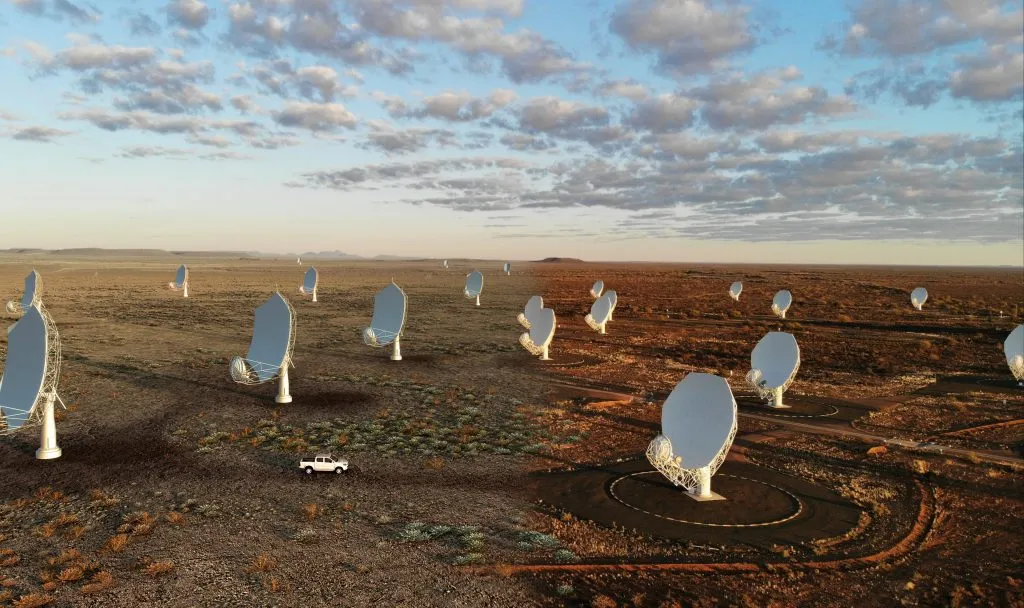
I’m also looking forward to the radio observations that SKAO will do.
It’s going to peer back and look again at the distribution of hydrogen in the very early Universe.
It looks for emission from hydrogen at 21 centimetres wavelength in the radio regime. It's one of the most common emissions that you see across the Universe.
It allowed us to, for example, map out the structure of our Galaxy from the inside, as well as determining where all the hydrogen gas was.
And we might be able to find these clumps of 10,000 times the mass of the Sun worth of hydrogen gas that just sat there in the early Universe.
If you find evidence for that, that gives an idea that these ‘direct collapse’ black holes actually exist.
Because the only way that we know to make a black hole now is a supernova, and it only makes something like 10 times the mass of the Sun.
There's not enough time to grow something from 10 times the mass of the Sun to a billion times the mass of the Sun in only, say, a billion years, which is when we start to see the first quasars that are that massive.
So there must be some sort of other process that we don't know of, but which forms a black hole like these direct collapse black holes in the early Universe.
Hopefully JWST and SKAO will be able to shed some light.
There seems to be a real sense of excitement among astronomers as to what these new observatories are going to show you.
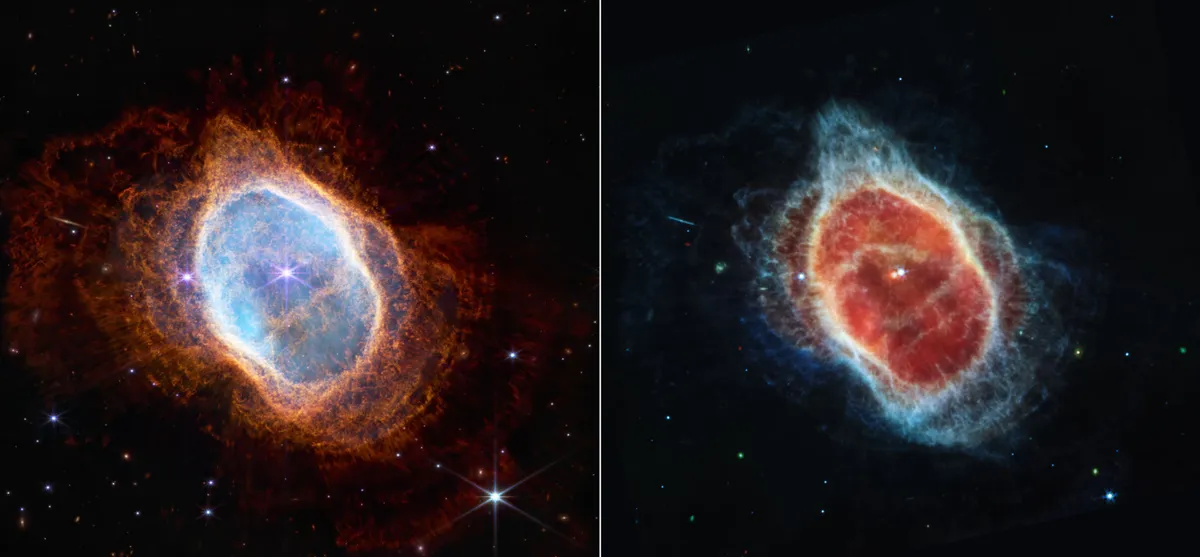
Yeah, I think with JWST it’s almost disbelief that it's up there, to be honest, because I've only been in the field for 10 years and I still remember when I started, people were talking about JWST being up there maybe in 2017.
Then it was 2019 and then it was 2021! It’s just been put back and put back and it’s just disbelief that it’s actually up there right now.
What’s amazed me is the fact that we keep joking that there's no more blank sky.
Anywhere you point JWST, say at the Southern Ring Nebula, you're going to find multiple galaxies in the background, even if you weren't trying.
I think with JWST, what people haven't quite realised is something that happens as you’re observing the sky with one of its instruments.
There are many instruments on board: imaging instruments, spectroscopic instruments, longer wavelength spectroscopic and imaging instruments.
So say one person wants to look at a specific target with the imaging instrument NIRCam.
All the other instruments are also looking at the sky at the same time, just slightly offset from where that one is pointing, looking at something completely random.
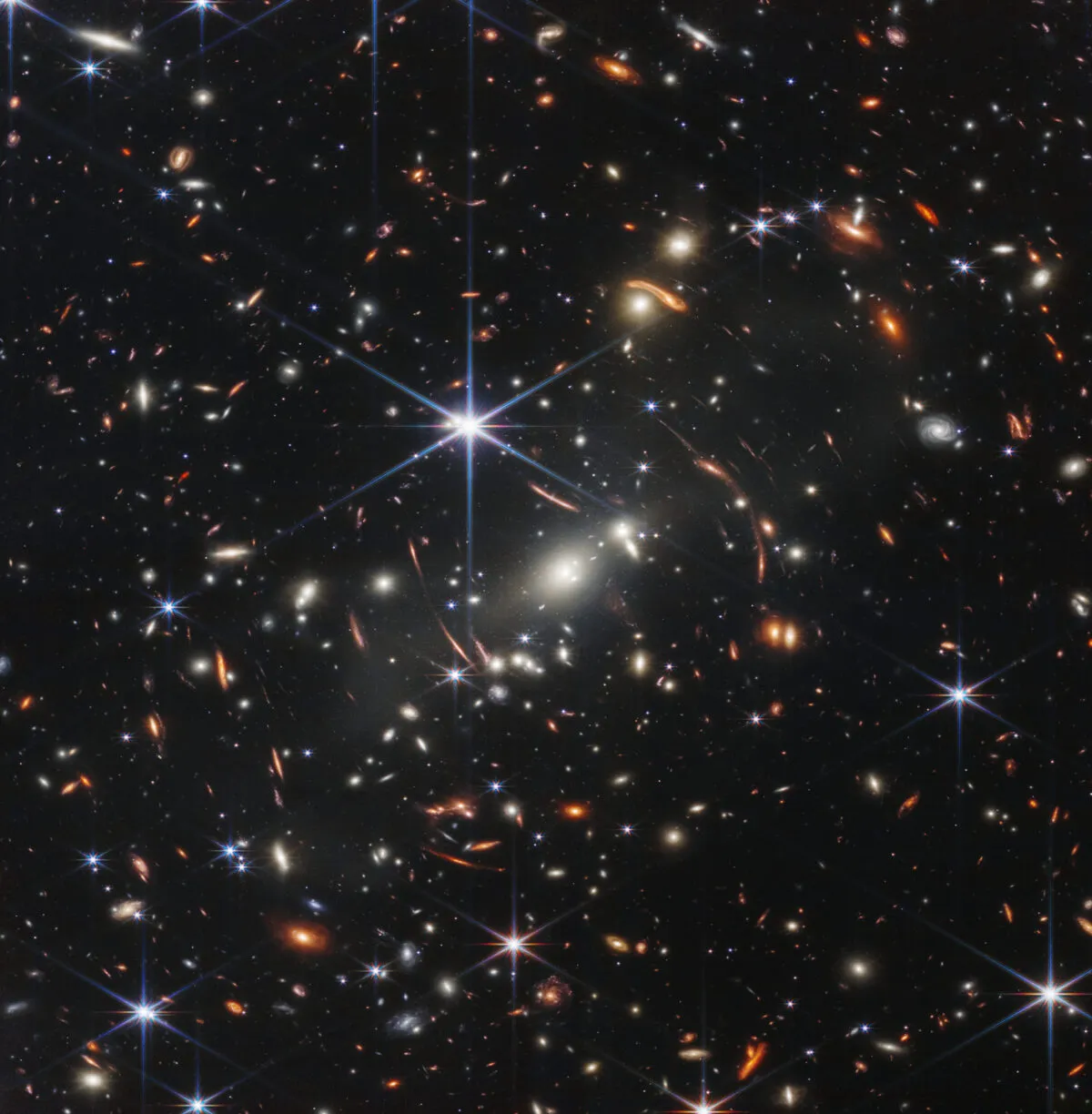
So every time someone goes in with the planned observation, we get 4 or 5 other unplanned observations of a random patch of sky at the same time.
And so yes, JWST has been designed to search for what's in exoplanet atmospheres and to find the first stars and galaxies and look into star-formation regions.
But I'm excited for the things that we didn't know to design it to do: these unknown unknowns.
We have no idea what's going to come out of not just the data that we're planning to get, but also out of all of this data that we weren't planning to get, that’s going to be captured almost ‘for free’ as people do their planned observations.
It’s crazy to think about how many answers are going to be in there to questions that we don't yet know to ask.
I can imagine in 20 years time when it eventually might run out of fuel, we'll be looking back thinking “Wow’, we had no idea what was to come”.
